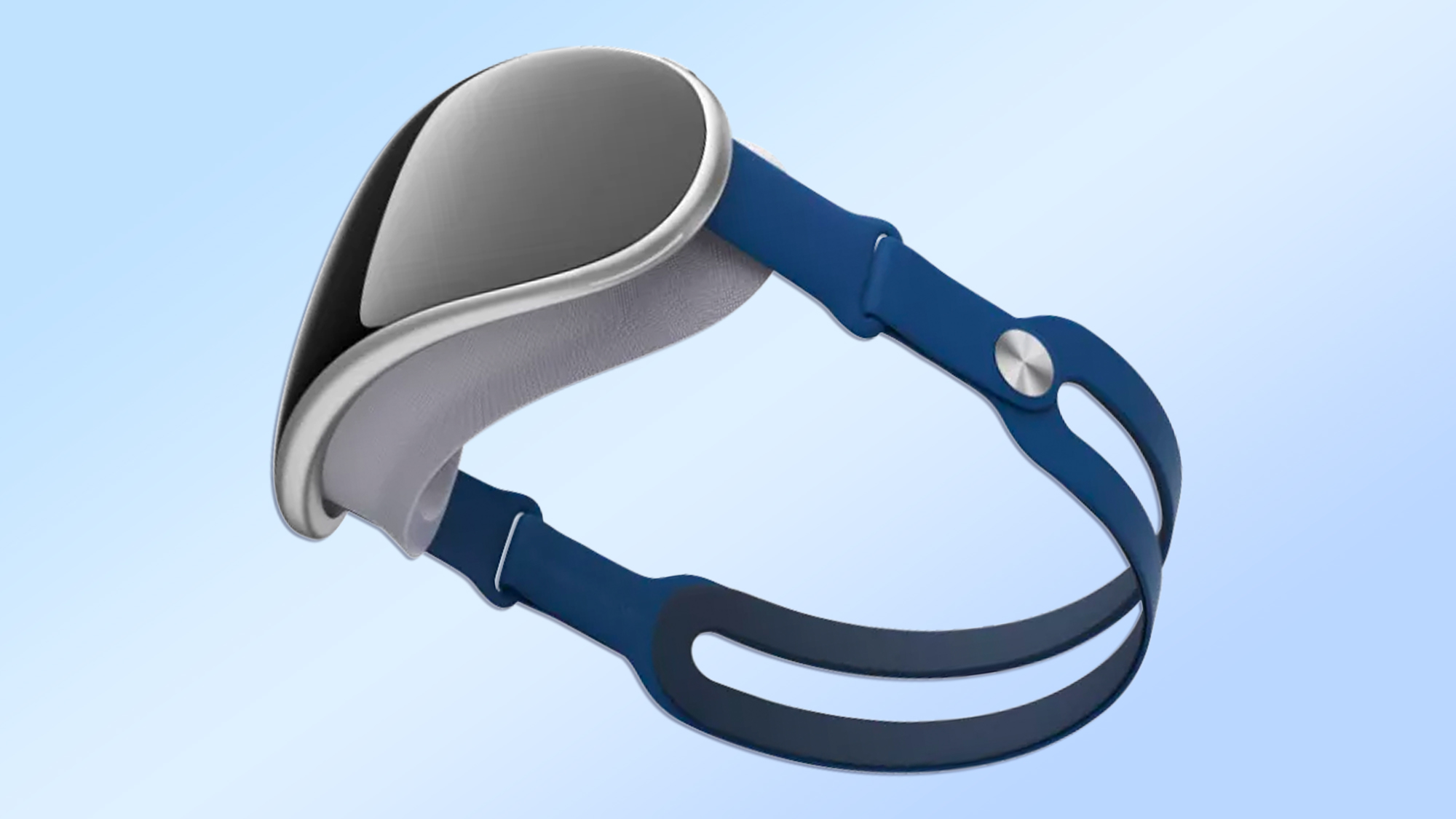AR and VR were absent at WWDC 2022 — here’s what that could mean for Apple’s headset
Hype is a tricky beast; it so often builds things up only to let them down with a serious thump. And more recent Apple events have encapsulated this to a high degree. Plenty of times we’ve awaited the launch of an iPhone with USB-C and no notch, only to get the likes of the iPhone 13 with a Lightning port and a slightly smaller notch. And don’t forget about the long-rumored but never launched AirPods Pro 2.
With WWDC 2022, an Apple VR/AR headset was tipped not for a reveal but perhaps a tease. And with realityOS reportedly seeking a trademark by Apple, the hype machine kicked into action seemingly ramping up the expectation that Apple would talk augmented and virtual reality at its developer-centric event.
Or perhaps we would at least get a sneak peek of the OS or what Apple is doing on the AR front with developers.
That didn’t happen.
This year’s WWDC wasn’t a disappointment, with macOS Ventura promising a slew of upgrades and potential Mac machines that are actually good for gaming, the new MacBook Air 2022, a refreshed 13-inch MacBook Pro 2022, the Apple M2 chip, watchOS 9, iOS 16 and more. But there wasn’t any mention of AR or VR.
WWDC 2022: Absent AR

In fact, Apple didn’t even flag any AR or VR capabilities in its developer tools or refreshed software platforms. About as close Cupertino’s crew got to AR/VR was with the an upgraded version of CarPlay that integrates deeply with vehicle systems; it looked cool but it’s not coming until late 2023.
Speaking of some time away, that’s basically what WWDC told us about Apple’s AR and VR hardware and software ambitions — it’s likely not coming soon.
The rumors have twisted and turned on predicted release dates for an Apple headset, but the latest titbit has the Apple AR/VR headset to be unveiled in early 2023 by somewhat reliable Apple analyst Ming-Chi Kuo. Yet I’m not buying that for a couple of reasons.
First off, while Apple is famously hyper secretive, information still leaks out. Not all of it’s accurate, but it often gives us a decent idea of what to expect from Apple’s upcoming products — this hasn’t been the case for the Apple AR/VR headset or other face-based wearables from the company. If a product was due for a reveal early next year, I feel we’d have some more substantial leaked information or better renders based on tidbits from supply chain sources.
Add into the mix the lack of any mention of AR/VR software tools in iOS 16, iPadOS 16 or macOS Ventura, and I feel that developers won’t be prepared to create enough apps to form the software ecosystems Apple tends to have when launching new products.
While VR isn’t a super-obscure tech category, it’s still a niche proposition. Sure, the Oculus Quest 2 may be one of the most accessible virtual reality experiences, and tops our best VR headset list, but it’s far from perfect and is VR-only. Augmented reality is fine for, say, head-up displays in modern cars or for games like Pokémon Go. But I’ve not seen many people wear AR glasses out and about, even those accessible Snap Spectacles.
Apple AR/VR headset: What’s the rush?
Taking this into account and how Apple tends to enter markets when tech adoption or appetite is growing to a peak, and said tech is mature enough to deliver very impressive experiences (VR still makes people feel sick), I feel 2023 is far too early for Apple to come out with a AR/VR headset.
Now. Apple’s AR/VR efforts could actually be a very well-kept secret, with but a handful of developers quietly building out a software platform and ecosystem for an augmented or virtual reality headset. And I hope that is the case, as it’s been some time since Apple has really surprised tech fans with something that feels properly new.
But ultimately, I want whatever AR or VR thing Apple is working on to arrive when it’s ready; by that I mean, it’s polished to a fine finish. Apple’s done this plenty of times for other tech; for example, it was late to the high refresh rate display party, but with the iPhone 13 Pro, Apple adopted LTPO tech and delivered a lovely display that feels super smooth yet doesn’t tank battery life.
If Apple’s attention to detail and product craft can be applied to AR and VR tech, then we could finally see devices that take augmented and virtual reality devices out of their niche and into the true mainstream. It may take years to happen, but I’m willing to wait.
For all the latest Technology News Click Here
For the latest news and updates, follow us on Google News.
